Let’s discuss a feature on cars that isn’t talked about all that much – despite them appearing on every car on the road and having a major visual impact on both front and rear design.
Yes, let’s talk numberplates. Or, specifically, where numberplates get stuck on cars.
After all, every country demands that cars are fitted with numberplates and, even if the sizes, shapes and colours vary dramatically, the rules generally require them to be stuck in the same area on the front and rear of cars.
Opinion: Is there any acceptable reason to have a personalised numberplate?
Now, numberplates obviously aren’t a new invention. And yet there are plenty of new cars that suggest the designers didn’t consider they’d have to slap a numberplate on the front and back when they sculpted the exterior. It often seems as though there aren't any spare plates lying around design studios to stick on early mock-ups.
That’s why I was surprised when I asked Frank Kruse, exterior designer of the new Volkswagen Touareg, about which bits of the SUV he was particularly proud of. He cited the rear numberplate mount.
“Normally, designers work on the rear and make it beautiful, then late on go: ‘I forgot the plate,’” said Kruse. “Then they have to flatten a panel for the numberplate to be fixed on and it doesn't look right. We decided to work on an elegant solution.”
Flagship Volkswagen Touareg gets bold new styling
That elegant solution was disarmingly simple: a large, flat panel just under the rear window. Kruse added: “Numberplate mountings have a fixed radius and size, and the angle of the plate [to avoid reflection] and distance from the lights [that illuminate the plates] is fixed.
“For us, having a flat surface was the best solution to keep it clean – and it can cope with any type and size of numberplate.”

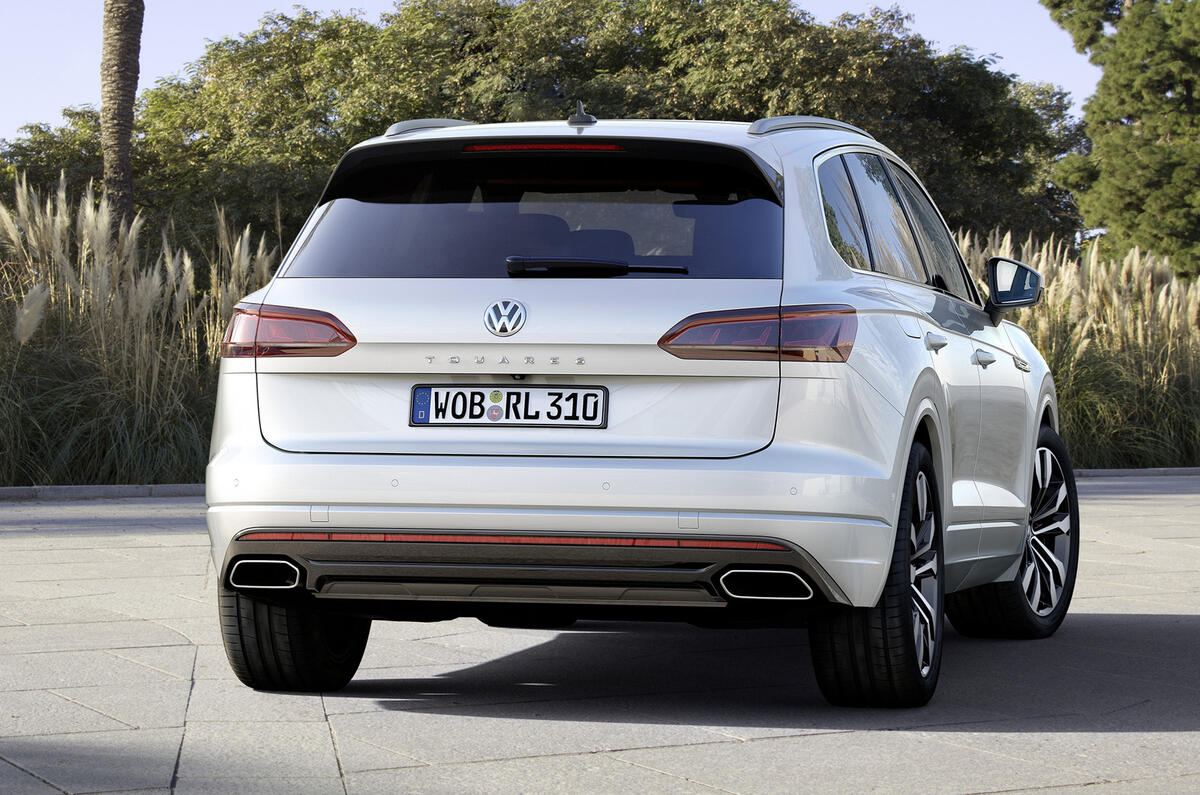
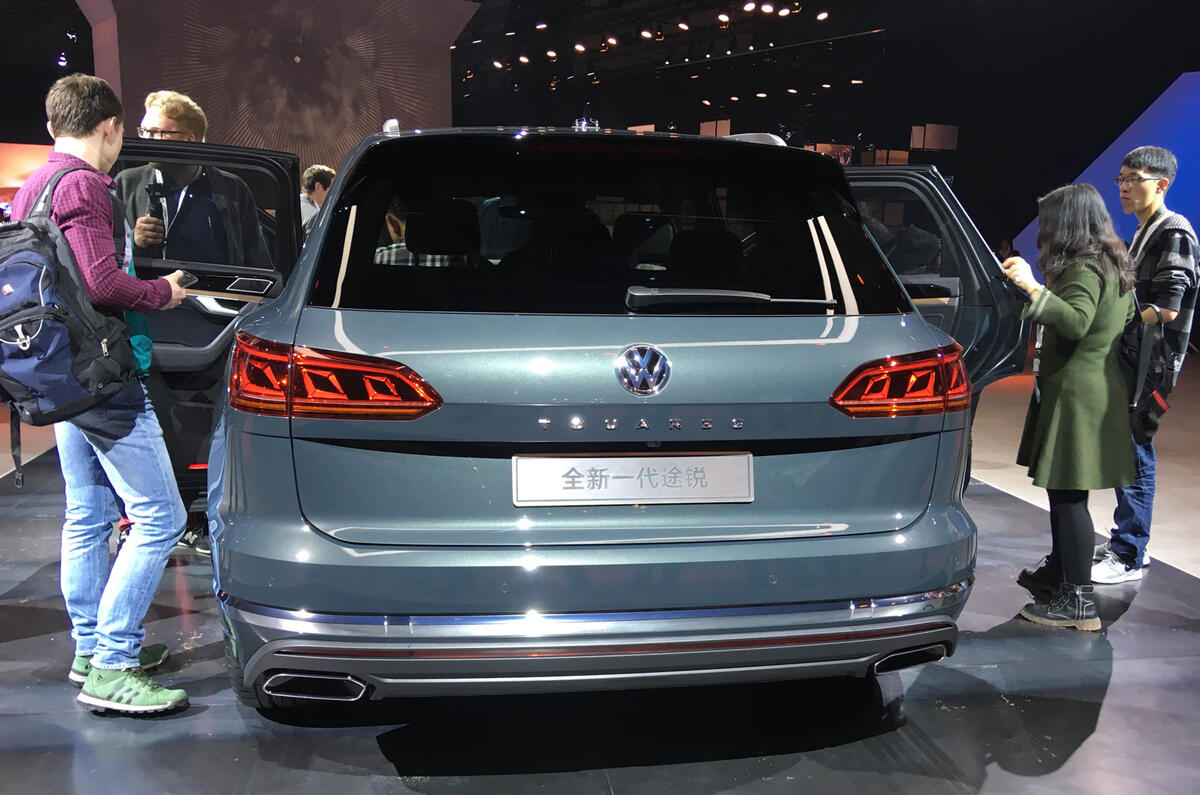
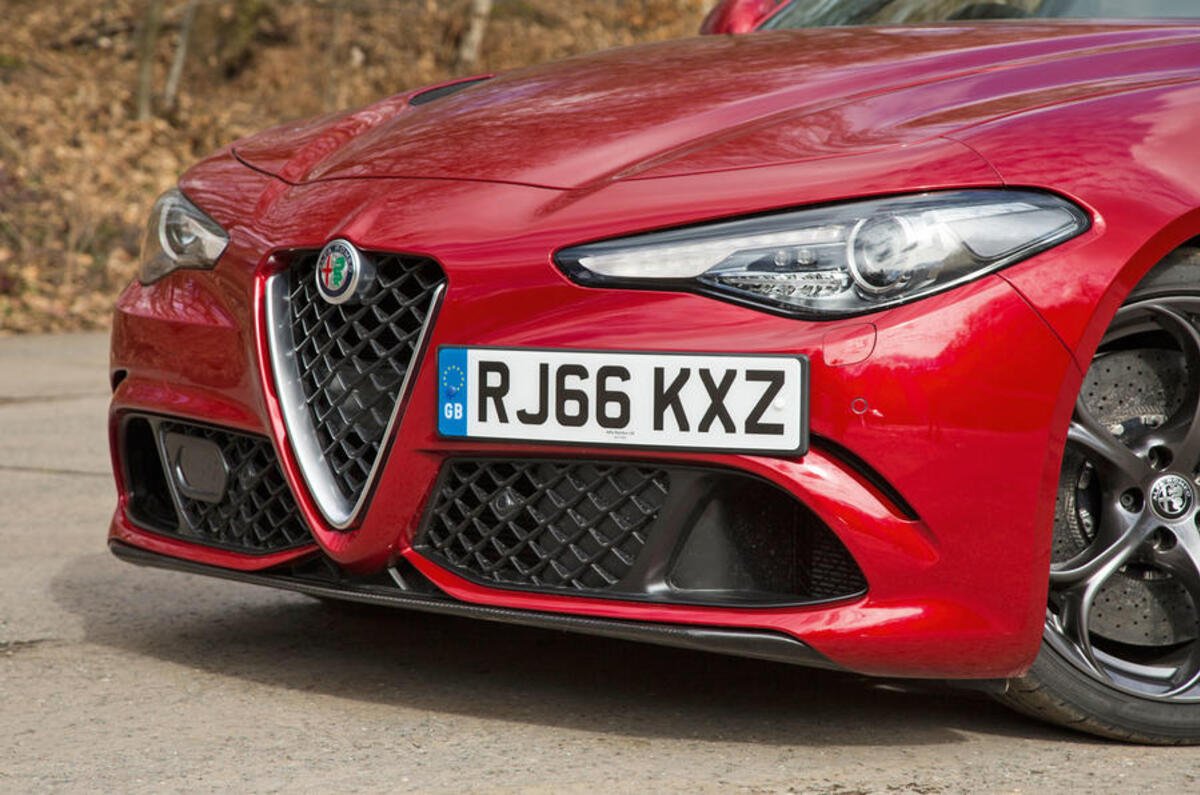
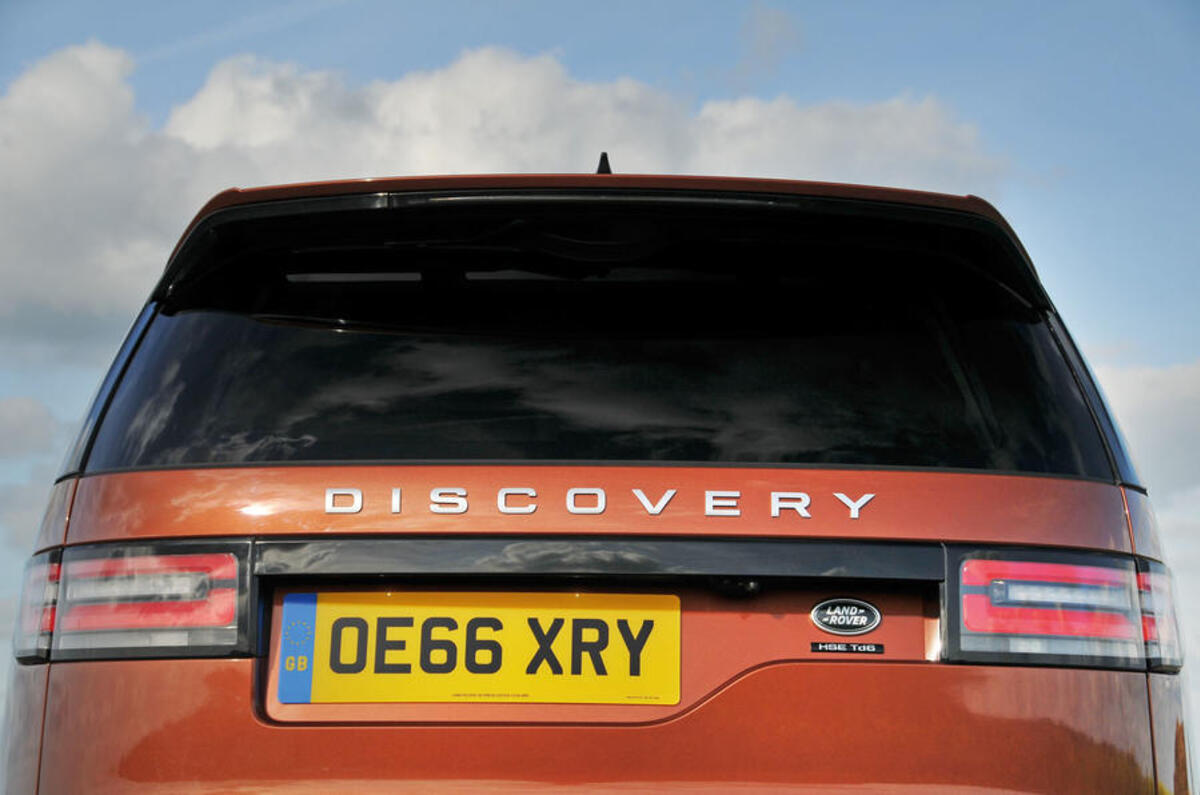
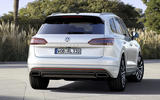
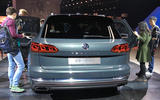
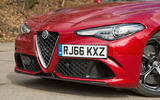
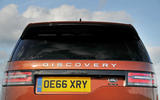

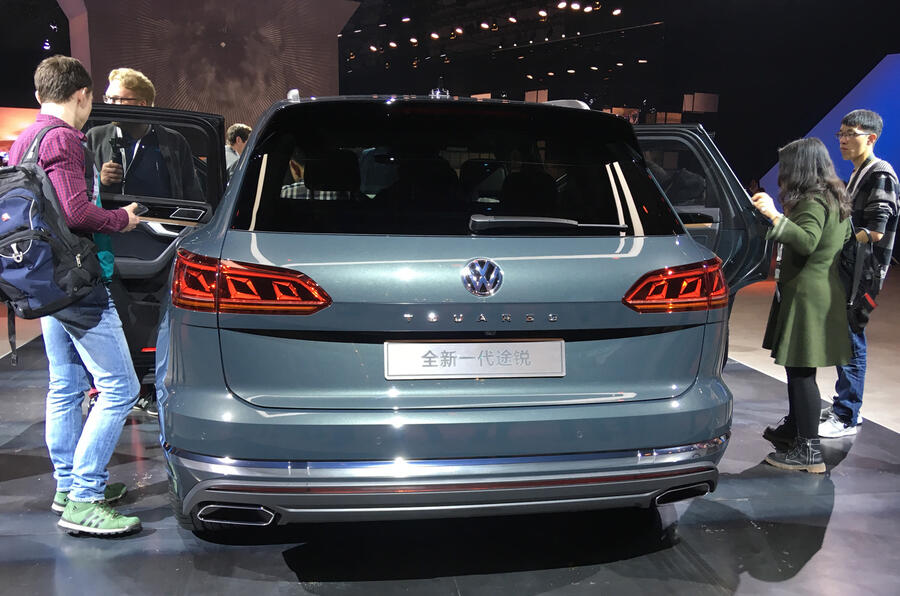

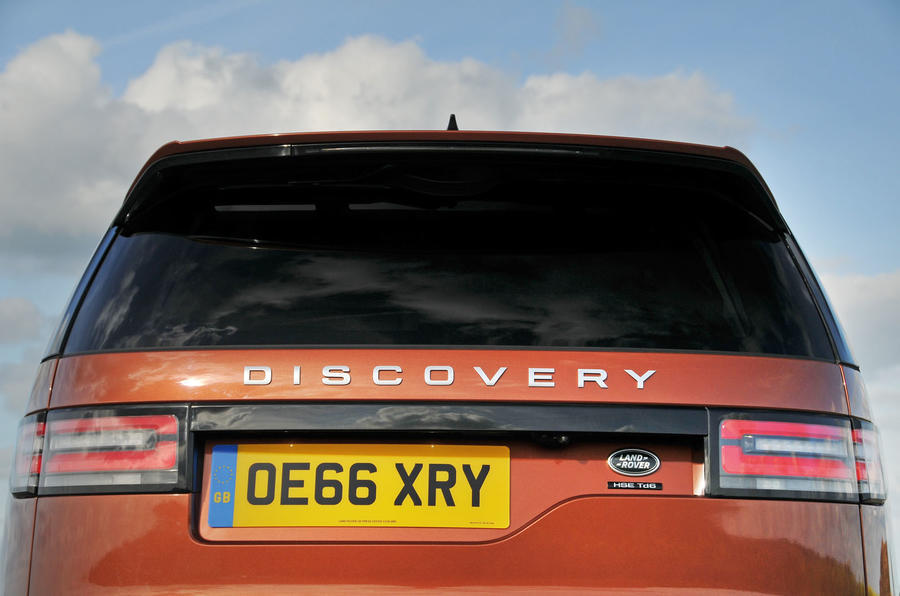







Join the debate
Add your comment
The obvious position is at
The obvious position is at the top of the windscreen. Like back in the 70s when people used to put Kevin and Stacy in the shaded band!
Filling the gap
What a relief to find out I'm not the only person who's spent hours pondering this important topic. Another problem I find is that cars with massive front grilles such as large Audi sedans look atrocious without a European front license plate to bisect the black hole, and only slightly less atrocious with a narrow and upright American plate. Then there is the front end of the McLaren 570 that looks like a pointy stealth fighter with a Euro front plate but a tree frog without one.
A cynic might suggest the
A cynic might suggest the designer is most proud of the rear number plate area because this was the only area he had any influence, the Tuareg is generic VW/Audi/SEAT/Skoda by numbers, all entirely dull, predictable and virtually the same as all the others. Must be very frustrating for designers to work in such restrictive companies.